Apple : LUNA Large Semi-Dwarf (B118)
$53.95
Luna is one of a group of newer, disease-resistant apples developed in the Czech Republic known as the 'Golden Sunshine Line™'. The cheery yellow skin with an attractive freckled pink blush on the sunny side bears a close resemblance to Luna's Golden Delicious parent, but the ability to maintain it's flawless complexion can be attributed to the Crimson Topaz part of it's pedigree. If you say you'd love Golden Delicious if only it had more of this or more of that, Luna likely the one for you. In many respects they are similar but Luna has much more disease resistance, as well as flavour, and somewhat longer storage life. It's a great apple to pick and put away till after New Years, then you still have lots of time for fresh eating and pies.
NEEDS A POLLENIZER | ZONE 4/5 | HARVEST : LATE OCT.
Only logged in customers who have purchased this product may leave a review.
Growing Tips
Besides selecting the most disease resistant varieties, there are
a few simple things to do to have better apples.
- Fertilize under the outer edges of your trees. There are no feeder roots next to the trunk. A well fed tree stays healthier. (Adequate calcium in the soil also helps so that apples keep longer.)
- Pick up fallen fruit and compost, dispose of, or feed to livestock (where possible).
- Rake up leaves in the fall and compost them away from the orchard.
- Prune trees to encourage light and air to reach the inside of the tree.
- Provide bird nesting sites near your orchard. A variety of orchard companion type plants will attract native pollinator insects and also encourage birds to come and eat insect pests.


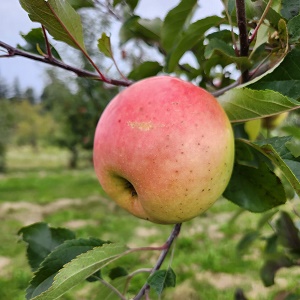
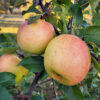
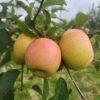
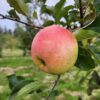
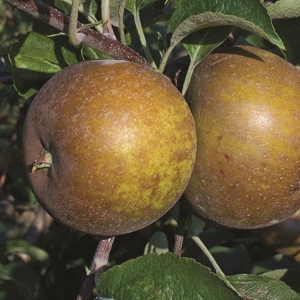
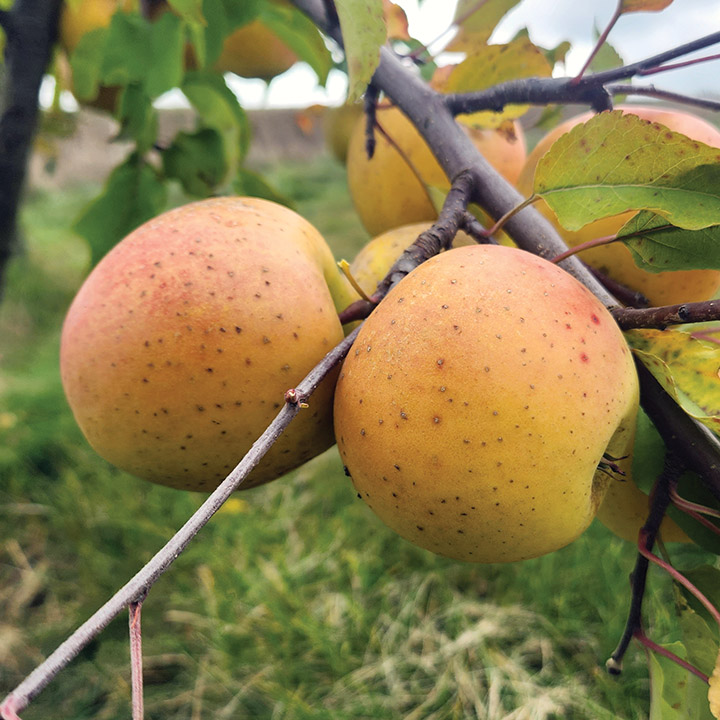
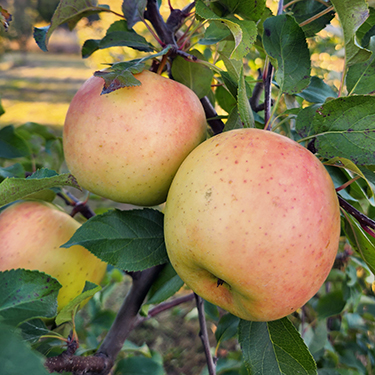
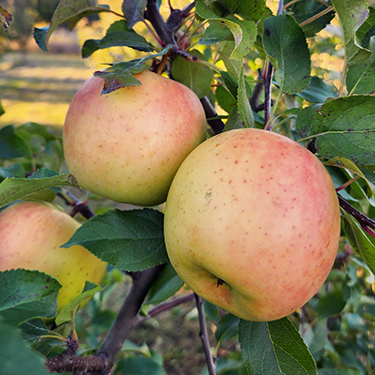
Reviews
There are no reviews yet.